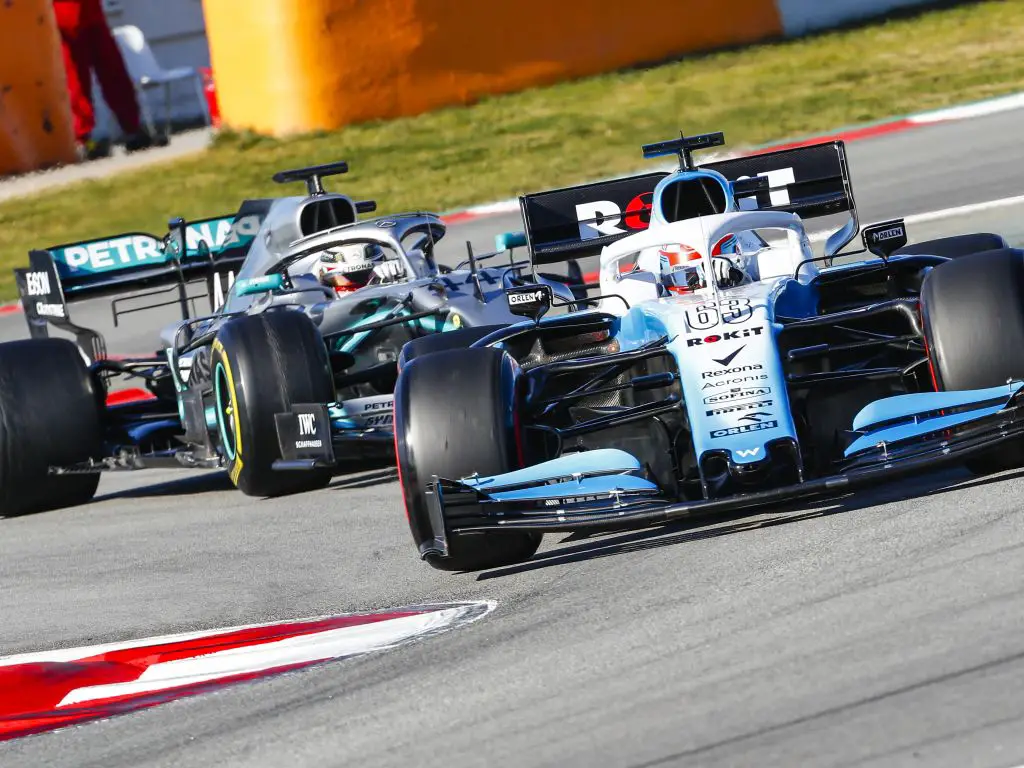Formula One is the pinnacle of motorsport, where the fastest and most advanced cars compete on the world’s most challenging circuits. But how much does it cost to build and run an F1 car?
What are the main factors that influence the budget of a team? In this article, we will explore the various aspects of F1 car costs, from design and development to testing and racing. We will also compare the costs of different teams and seasons, and see how they affect the performance and competitiveness of the cars.
Whether you are a fan, a sponsor, or an aspiring driver, this article will give you the ultimate guide on how much does an F1 car cost.
The F1 Car Cost Cap

Formula 1 has introduced a cost cap for the 2021 season, which limits the amount of money that teams can spend on their cars and related activities. The cost cap is set at $145 million for 2021, $140 million for 2022, and $135 million for 2023. The cost cap does not include driver salaries, marketing expenses, travel costs, or engine development.
It is intended to level the playing field and make the sport more sustainable and competitive. However, it does not reflect the actual cost of a Formula 1 car, which can vary depending on the team and the supplier.
F1 Car Cost – The Power Unit
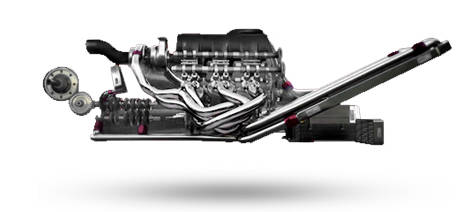
The power unit is the heart of a Formula 1 car. It consists of a turbocharged 1.6-liter V6 engine and five other ancillary components:
- The turbocharger
- The energy recovery system (ERS)
- The control electronics
- The battery.
- The fuel system.
The power unit is also the most expensive part of a Formula 1 car, costing around $10.5 million per unit. Teams are allowed to use three power units per driver per season, which means they need to spend at least $31.5 million on engines alone.
The power unit suppliers are Mercedes, Ferrari, Renault (Alpine), and Honda – Red Bull (until 2022). Each supplier charges different prices to their customers, ranging from $15 million to $25 million per season. The price includes not only the power units but also technical support and data sharing.
F1 Car Cost – The Chassis
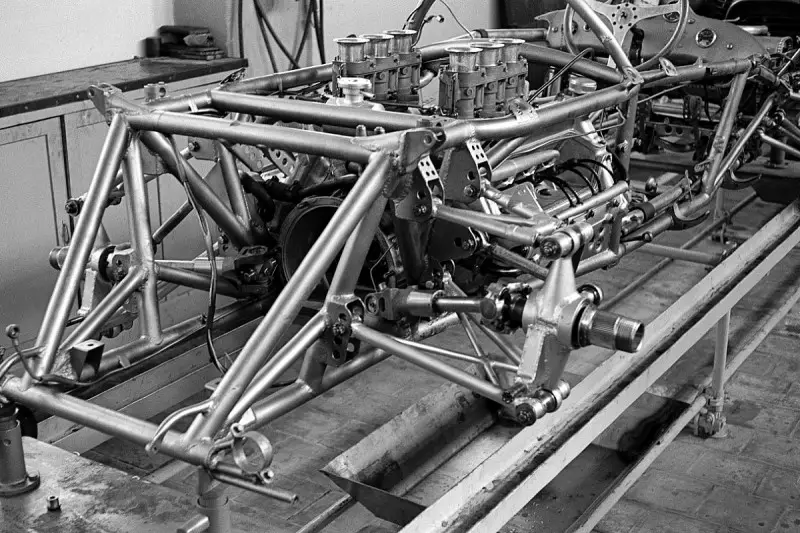
The chassis is the skeleton of a Formula 1 car, which supports and connects all the other parts. It is made of carbon fiber composite material, which is strong, light, and flexible. The chassis also incorporates the cockpit, where the driver sits and controls the car.
A chassis is another expensive component of a Formula 1 car, costing around $700,000 to produce. The chassis design is unique to each team and must comply with the FIA regulations on safety and performance. The chassis also needs to be updated and modified throughout the season to adapt to different tracks and conditions.
F1 Car Cost – The Gearbox

The gearbox is the part of a Formula 1 car that transfers the power from the engine to the wheels. It is a complex and sophisticated device that allows the driver to change gears quickly and efficiently. The gearbox also has a hydraulic system that operates the clutch, differential, and rear wing.
F1 gearbox’s are a vital component of a Formula 1 car, as it affects the acceleration, speed, and reliability of the car. The gearbox costs around $350,000 per unit, and teams are allowed to use four gearboxes per driver per season.
The gearbox suppliers are Mercedes, Ferrari, Renault, McLaren, Williams, and Xtrac. Each supplier charges different prices to their customers, ranging from $5 million to $10 million. The price includes not only the gearboxes but also technical support and data sharing.
A team can use eight gearboxes per season. Therefore, the total cost of an F1 car drive train for one season is around $32.1 million USD (€397.9 million). However, this cost may vary depending on the team and the supplier of the engine and transmission.
The Aerodynamics
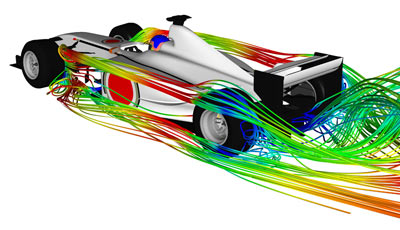
The aerodynamics are the parts of a Formula 1 car that shape and control the airflow around and through the car. They include the front wing, rear wing, barge boards, side pods, floor, diffuser, and other devices that generate downforce and reduce drag. The aerodynamics are crucial for enhancing the grip, stability, and speed of the car.
Aerodynamics are also costly components of a Formula 1 car, costing around $250,000 for each wing. The aerodynamics design is unique to each team and must comply with the FIA regulations on dimensions and weight. The aerodynamics also need to be updated and modified throughout the season to optimize performance.
The Steering Wheel
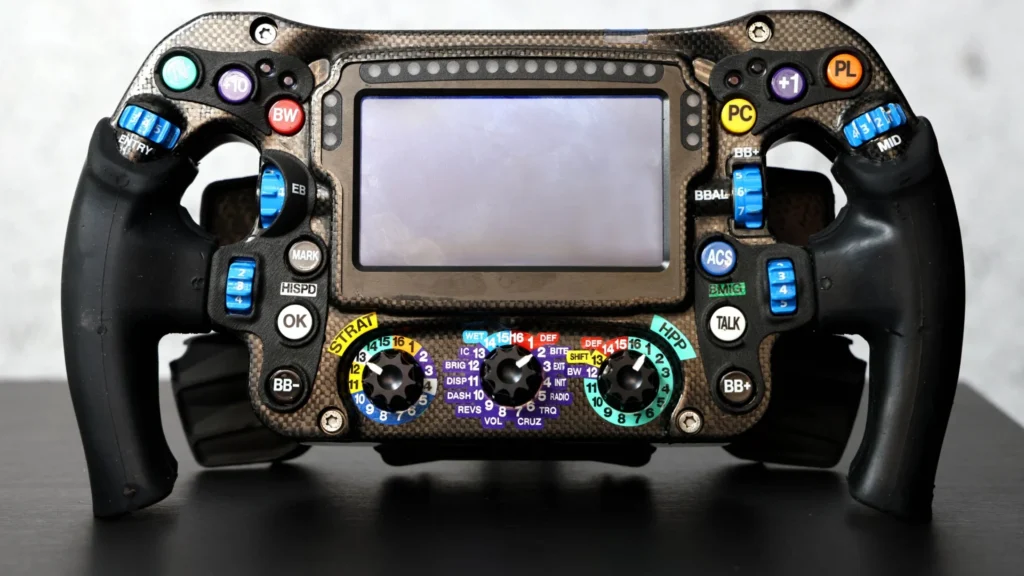
An F1 steering wheel is a complex device that allows the driver to control various aspects of the car, such as engine mapping, brake balance, differential settings, radio communication and more. It also displays vital information about the car’s performance, such as speed, lap time, fuel level and tire temperature.
The steering wheel is customized to each driver’s preferences and ergonomics. It can have over 29 different tactile control devices, such as buttons, switches, dials and knobs. Some of the most important controls are:
- Multi-function button: This button allows the driver to access different menus on the screen and adjust various settings.
- Engine Stop: This button shuts off the engine in case of an emergency or at the end of a session.
- Neutral: This button puts the car in neutral gear when pressed twice.
- Speed Limit: This button activates a speed limiter when entering the pit lane to avoid penalties.
- Radio: This button enables the driver to communicate with the team via radio.
- Engine Screen scroll: This dial allows the driver to scroll through different screens on the display that show different data about the car.
- Bi-directional acknowledge: This switch allows the driver to acknowledge messages from the team or request more information.
These are just some of the functions of an F1 steering wheel. The layout and design of the steering wheel can vary from team to team and year to year, depending on the rules and regulations of Formula 1.
An F1 steering wheel is one of the most expensive and sophisticated parts of an F1 car, costing around $60,000 each and taking about 80 hours to assemble.
F1 Car Cost – The Brakes
A set of F1 Brakes cost approximately $200,000.
The high cost of F1 brakes is caused by the following factors
- The materials used in their manufacture
- The process involved in the F1 brakes manufacture costs more because it is not scaled and so the individual unit are not scaled over a large manufacturing run
The Cost Of Safety Devices In An F1 Car
There are several safety devices on an F1 car that are designed to protect the driver and the marshals in case of an accident. Some of the most important ones are:
- Halo: This is a titanium structure that surrounds the cockpit and protects the driver’s head from flying debris or impact with other cars or barriers. It was introduced in 2018 and has proven to be effective in saving lives, such as Romain Grosjean’s in 2020. The halo costs around $17,000 USD (€16,108) to manufacture.
- Kevlar fuel tank: This is a flexible bladder that contains the fuel for the car and is located inside the chassis. It is made of Kevlar, a material that is resistant to punctures and explosions. The fuel tank was introduced in 1970 and costs around $100,000 USD (€94,755) to manufacture.
- Fireproof bulkheads: These are barriers that separate the cockpit from the engine and the fuel tank and prevent fire from spreading to the driver’s area. They are made of fiberglass or carbon fiber and cost around $150,000 USD (€142,133) to produce.
- High-speed camera: This is a cockpit-mounted camera that rapidly films the driver at up to 400 frames per second. The data captured by the camera provides accurate information of what happens to a driver in the event of a crash, which may have been missed by previous technology, and can help inform medical officials of any injuries. The cost of the high-speed camera is not publicly available.
The Cost Of Safety Equipment Worn By The Driver
- Fire-resistant race suit: This is a one-piece suit made of Nomex, a material that can withstand high temperatures and flames for a short period of time. It also covers the driver’s neck, hands and feet. The race suit became mandatory in 1975 and costs around $3,500 USD (€3,316) to produce.
- Helmet: This is a carbon fiber shell that covers the driver’s head and face and has a visor that protects the eyes from debris and sunlight. The helmet also has a radio communication system and a biometric sensor that monitors the driver’s vital signs. The helmet costs around $50,000 USD (€47,378) to make.

